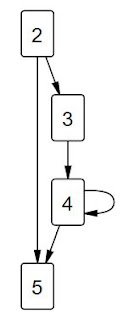Dense - Seidel And Laplacian Adjacency Matrix
Given Mendz.Graphs..Dense.AdjacencyMatrixBase , it's not that difficult to create other types of adjacency matrices. Let's look at two of them: the Seidel adjacency matrix and Laplacian matrix.
Talk about technology as I see it...
